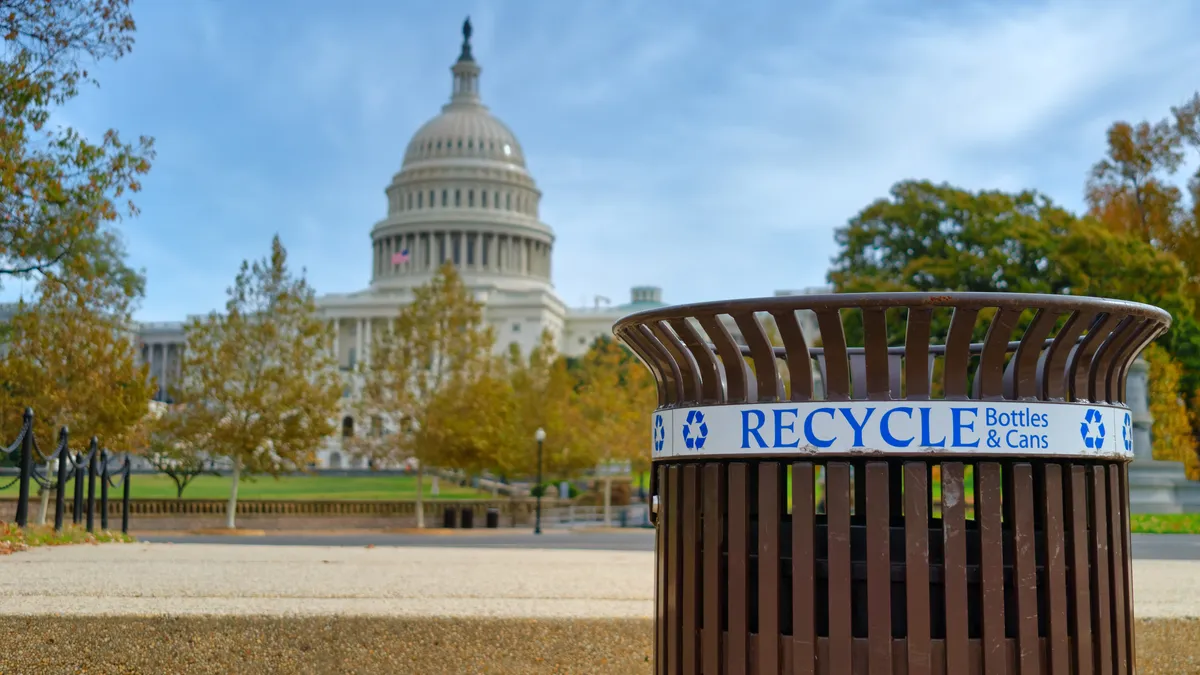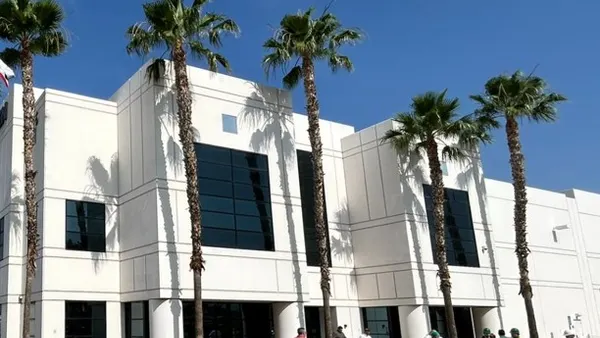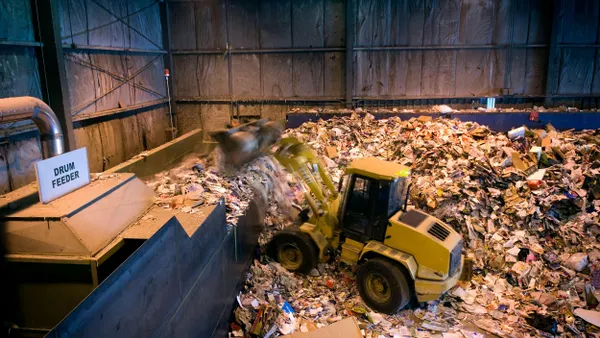Containerboard production dipped both in the second quarter and first half of 2025 compared with last year, according to quarterly data the American Forest & Paper Association released Friday.
Production in Q2 fell 5% year over year, and production for the first six months of the year decreased 3% compared with that time period in 2024. Production for export declined nearly 12% in 2025 so far, while domestic new supply declined 1.2%.
Mills’ inventories peaked in May, charting their highest point in 15 months, according to AF&PA. Inventories dipped slightly in June to end the quarter at 433,000 short tons.
“Looking forward, it is possible for inventories to increase” in the third quarter, considering systemwide stock historically has grown by approximately 72,000 tons between June and September since 2001, said Michael Roxland, senior paper and packaging analyst at Truist Securities, in a July 27 note to investors.
Packaging Corporation of America executives said on last week’s earnings call that the company does not have maintenance outages scheduled for Q3, and it will likely take less economic downtime during that quarter, Roxland highlighted. During Q2, PCA took downtime due to lower demand, resulting in the company manufacturing 85,000 fewer tons of containerboard year over year, CEO Mark Kowlzan said on the July 24 call.
Conversely, International Paper is planning to take approximately 46% of its maintenance downtime, on a cost basis, in the second half of the year, Roxland said. “We also suspect that IP may have increased its economic downtime, which it never fully ceased post destocking,” he added.
So far this year, North American containerboard producers have announced at least six major closures that collectively equate to a 6% capacity loss in the market, and more could be on the docket for H2, according to analyst and fiber company projections. Analysts generally expect these capacity reductions to help rebalance supply and demand within the global containerboard market, which has experienced an oversupply for years.
The capacity reductions also should support pricing, Roxland said. However, “we believe further closures, an uptick in demand, and resolution to tariff-related uncertainty in the market may be necessary for another price increase in 2025,” he said. Considering the containerboard market tends to experience a seasonal slowdown in Q4, producers would need to announce price increases by September for implementation to be successful this year, Roxland explained.
But while containerboard capacity broadly is shrinking in 2025, some expansion announcements are counter to that trajectory.
Green Bay Packaging announced in June that it will invest more than $1 billion to expand its kraft linerboard mill in Morrilton, Arkansas, which has the potential to double that facility’s capacity. Domtar is nearing a final decision about converting its newsprint mill in Gatineau, Quebec, to a containerboard mill. And Hood Container plans to invest nearly $119 million to upgrade its legacy mill in St. Francisville, Louisiana, which would boost capacity by 80,000 tons per year once the phased project fully comes online in May 2027.
The new capacity is “an incremental negative for North American industry supply-demand dynamics” in light of the ongoing oversupply, Roxland said in a July 23 memo about the Hood expansion.
AF&PA also released quarterly data for boxboard on Friday. Production was flat in Q2, compared to the same period last year. The boxboard operating rate was 87.6%, which is down 1.8 percentage points from Q2 2024, but rates vary for individual grades. Those with year-over-year production increases included solid bleached sulfate, which was up 6%, and plate, dish and tray, which increased 10%. Uncoated recycled board orders increased 4% compared to the end of Q1, according to AF&PA.
Unmade orders generally are a demand indicator, Roxland said, and currently they suggest demand recovery. This is especially true for SBS, unbleached kraft and coated recycled board, he said, while demand softened for URB.











